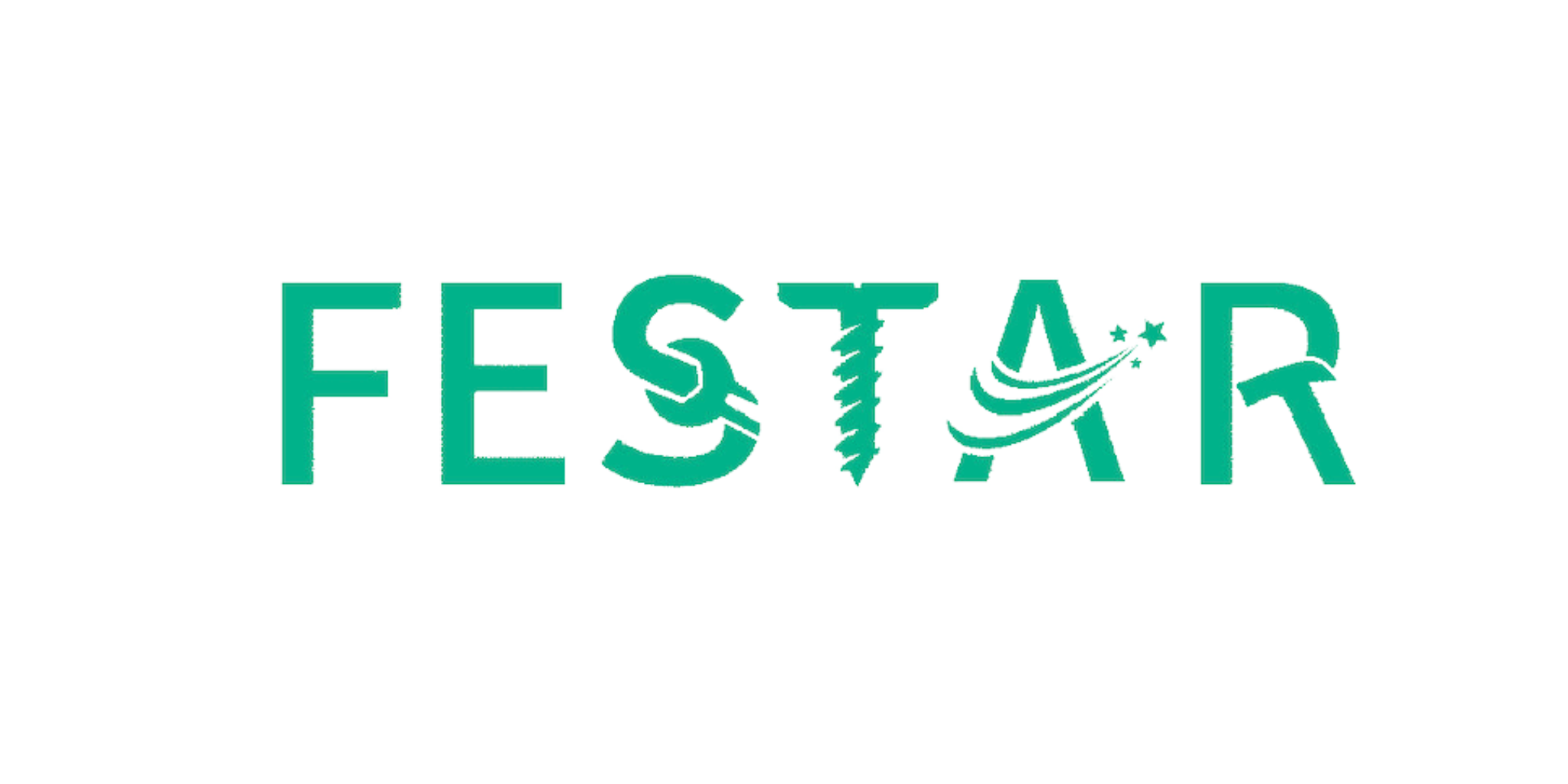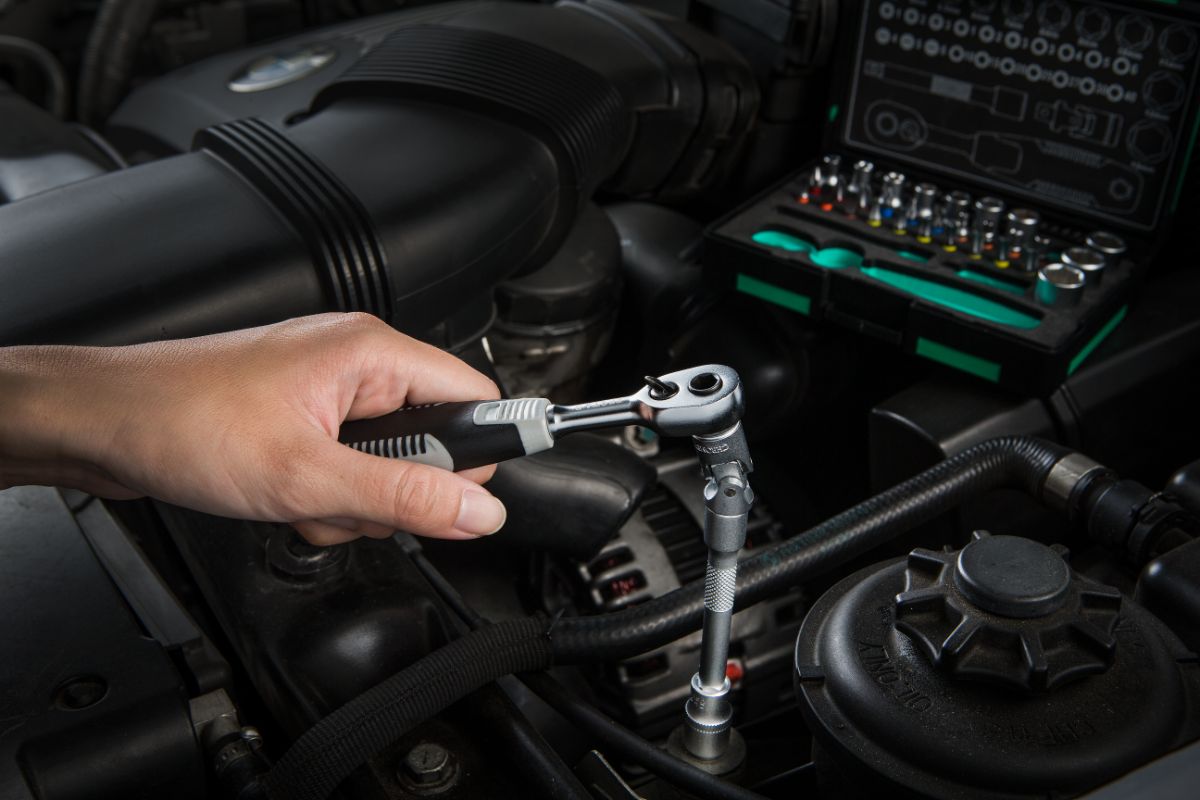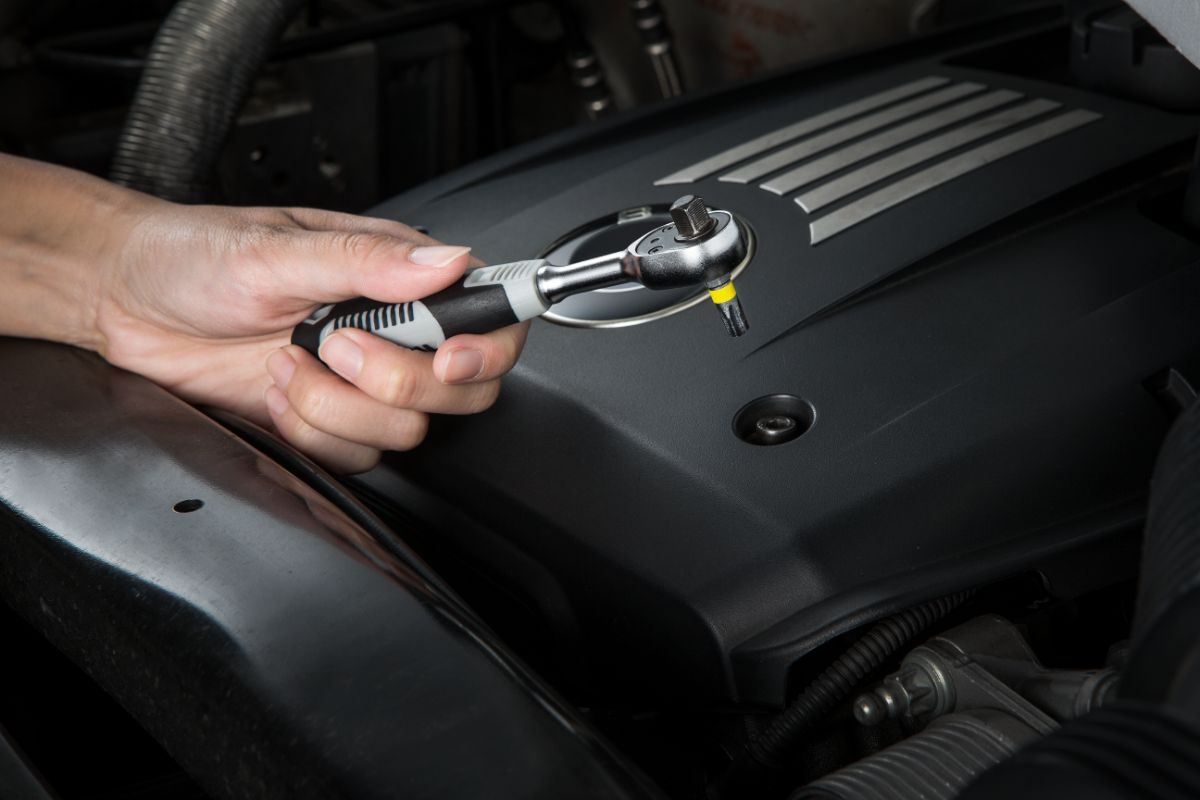【Festar Tools】American tool brand – patented socket and bit set
Why do you need sockets? Usage of sockets?
Sockets are widely used in various industries and are an important tool in repair, production, assembly and life today, mainly for locking and loosening bolts and nuts. In order to be able to handle a wide range of sizes and types of firmware more flexibly, there are various combinations of sockets in the market. Since sockets are divided into metric and imperial, long sockets and short sockets, manual sockets and impact sockets, etc., it is very important to find out which size is most commonly used for different jobs and many customers do not understand how to do this. In this article, we will teach our customers about the various sockets available on the market, how to distinguish them and what they are used for, and ultimately help them choose the most suitable socket.
As mentioned above, sockets are mainly used for locking and loosening bolts and nuts, and due to the advancement of technology and the widespread use of bolts and nuts, these fasteners are indispensable for furniture, cars, houses, ships, and even airplanes. So whether you are a professional or a DIY users, a socket is a must-have tool.
Because of the nature of the sockets to wrap around and encircle the firmware, it is very suitable for dealing with particularly tightly locked or rusted firmware, and this nature of the socket can better grip and hold the bolt and nut than an open-end wrench with insufficient clamping force, thus increasing the torque significantly. This also reduces the need for customers to loosen bolts and nuts that are too tight due to lack of gripping force, resulting in slippage, falling off, etc., which can cause injury to fingers or wrists, or cause expensive damage to other parts of the firmware.
From the above article, we know that the clamping force, grip and tightness of the sleeve is very important, not only to improve the torque, but also to greatly affect the safety of the user, the safety of the equipment and the safety of other parts, thus protecting the safety of the wallet. Even if it's not accidental, the socket will still be worn flat after a long time. Even if the corner of the socket is almost flattened or chipped or slipped, this set of Festar patent sleeve will still work and will definitely be a lifesaver in the workplace. Not only that, but this Festar patented sleeve set is made of chrome vanadium steel, so it is top of the line in terms of strength and torque.
Why do you need bits or screwdrivers? What is the usage of bits or screwdrivers?
Next, let's introduce the bits. The most common types of bits we see are Phillips Bits (PH), SL Bits (SL), PZ Bits (PZ), Hexagon Bits (HEX), and Torx Bits (Tx). Why are there so many different types of bits? What is the difference between them? Let’s introduce them one by one.
Phillips Bits (PH)
Why is it abbreviated as PH? Because this Phillips Bits is issued by Phillips in the U.S., that's why we abbreviate it as PH. The more commonly used bits are PH1 and PH2, and basically the cross-drivers used in furniture and electronics at home are mainly of these two sizes, the smaller the number behind the bit, the smaller the size.
SL Bits (SL)
Because the design is relatively simple, so basically you will not see the bits inside the power tool, if you use it in power tools, it is easy to cause slippage and damage. But in general, you can still see this shape of screws at home. If you do not have a bits at home, it will also be a problem, we often see and use a bits head SL4, SL5, SL6, the smaller the number the smaller the size.
PZ Bits (PZ)
Compare to SL bits design, PZ bits design make user feel very firm and less likely to slip off when doing rotation again. The most commonly seen sizes are PZ1, PZ2, and PZ3.
Hexagon Bits (HEX)
The next is the hexagonal bits or hexagonal screwdriver, which is widely used, and is abbreviated as HEX because shape of the bits is hexagon. The hexagonal bits can be use on furniture and bicycles at home. Since it has six contact surfaces, it is less likely to cause chipping, slipping or damage than other screwdrivers. The most commonly used sizes are HEX3, HEX4, HEX5, HEX6.
Torx Bits (Tx)
The star-shaped screwdriver is less often found on furniture, but is widely used in electronic products. Therefore, it is also a must-have tool in the tool set. The most common sizes are Tx10, Tx15, Tx20, Tx25, Tx25, Tx30, Tx40.
After a series of studies, Festar has found out the most common size used by customers, and the size that is most suitable for both DIY customers and professional customers. In addition, all our products use the best processing technology and the use of the best materials, but also has the most perfect product quality management, no matter before the purchase of professional manufacturing or after-sales service, each customer can trust Festar's every product.
1/4 inch? 3/8 inch? 1/2 inch? What’s the different? How to choose?
1/4 inch Socket
The 1/4" socket is more suitable for small parts such as home and bicycle because it is smaller, but in fact, there are many people who use it for automobile and motorcycle maintenance because there are many narrow spaces where other larger sizes cannot reach in, so it is actually quite a versatile size. There are various 1/4” socket on the market, including long socket, short socket, 6 angle and 12 angle, sizes from 4mm-15mm or imperial 5/32"-9/16" sizes are available.
3/8 inch Socket
The 3/8" socket is also commonly used, being a little larger than the 1/4” socket but smaller than the 1/2" sockets, and since the 3/8" socket is a little larger than the 1/4" socket, it is easier to apply force when using it, and is therefore more commonly used for motorcycle maintenance. They are available in sizes from 6mm-24mm or imperial 1/4"-5/16".
1/2 inch Socket
The 1/2" sockets are larger than the 1/4" and 3/8" sockets and are therefore easier to apply force when using compare to the first two, so they are most often used as automobile or even truck repair tools. Like the previous two, the 4-point sockets are also divided into long, short, 6 and 12 angles, and the sizes range from 8mm-32mm or imperial 5/16"-1-1/4".


